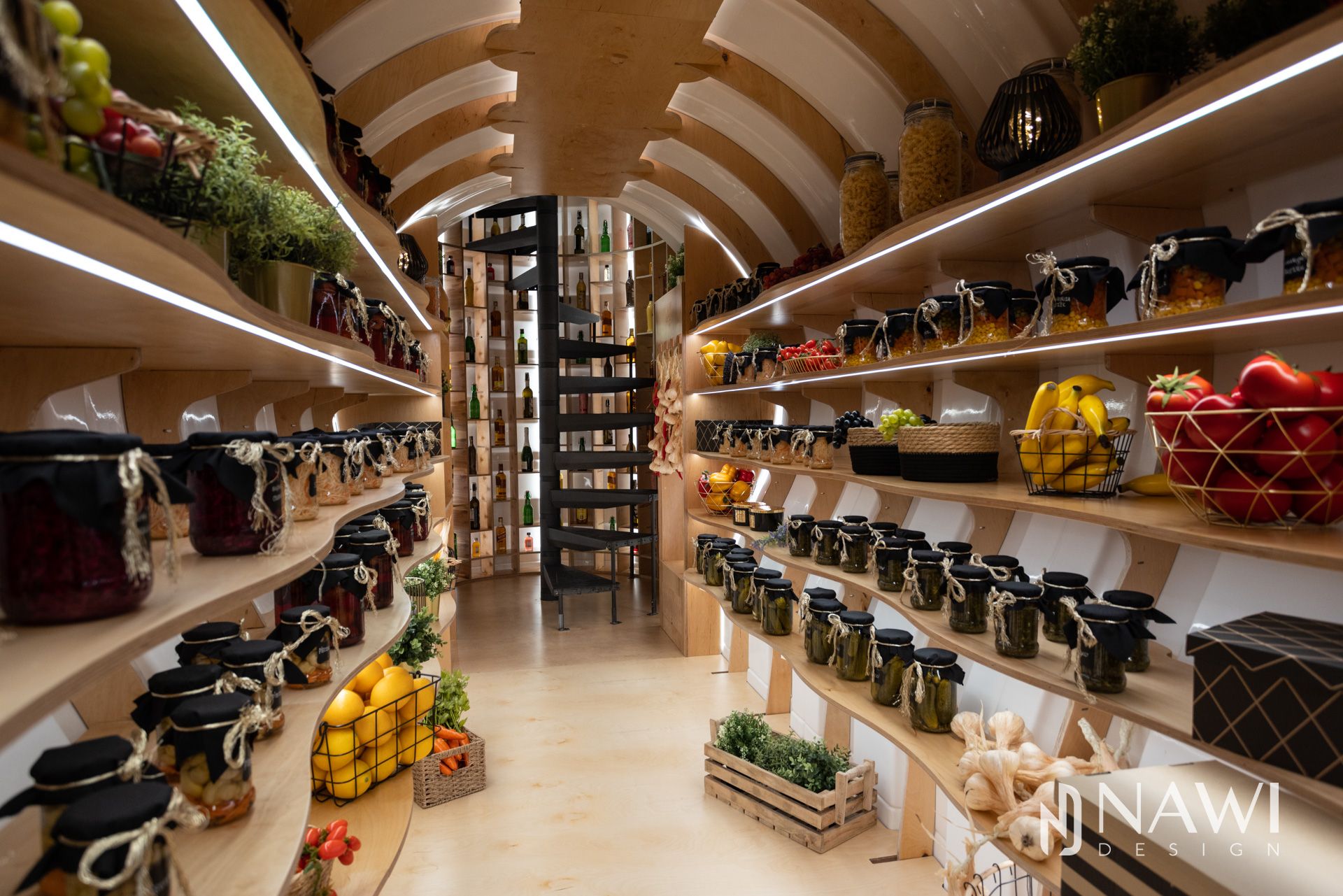
Admission
Storing fruit and vegetables in a cellar or dugout is a traditional way to preserve the freshness and taste of these delicious products for a longer period of time. This is ideal especially for those who grow their own vegetables and fruits in their garden. Proper storage conditions will help you avoid waste and allow you to enjoy the taste of seasonal crops all year round. In this article, we’ll discuss how to store fruits and vegetables in a cellar or dugout to keep them fresh and nutritious. You will learn about the best conditions for temperature, humidity and other important factors that affect the durability of these products.
Part I: Choosing the Right Fruits and Vegetables
The first step to success in storing fruit and vegetables in a cellar or dugout is to choose the right products. Some fruits and vegetables are more resistant to storage than others. Here are some tips to help you make the right choice:
- Fruits and vegetables in season: Always choose fruits and vegetables that are in season. These products are usually fresher and cheaper. Storing seasonal produce is also a great way to preserve flavor and nutrition.
- Fruits and vegetables that are ripe, but not overripe: Choose fruits and vegetables that are ripe but not overripe. Over-ripened products can spoil more quickly during storage.
- Remove damaged products: Make sure you don’t have damaged fruits and vegetables before storing. Damaged products can accelerate the spoilage of other products in the basement or dugout.
Part II: Choosing the Right Storage Location
Another important step is to choose a suitable place in the basement or dugout to store fruits and vegetables. Here are some tips:
- Right temperature: Temperature is a key factor in the shelf life of fruits and vegetables. In general, the storage temperature should be low but not freezing. The ideal temperature is around 0-10°C. Avoid extreme temperatures that can harm products.
- Humidity: The humidity should be appropriately adjusted according to the type of products. Fruits typically require higher humidity, otherwise they may dry out. Vegetables, on the other hand, stay fresh better at lower humidity.
- Well-ventilated room: Ensure good ventilation in the storage area. This will help avoid the accumulation of moisture and mold.
Part III: Packing and Organization
Once the right fruits and vegetables have been selected and the right storage conditions have been established, it’s time to pack them properly and organize them in the basement or dugout. Here are some tips:
- Individual packaging: It’s a good idea to pack fruit and vegetables in individual packaging, such as baskets, crates or bags. This will make it easier to organize and stay organized.
- Avoid contact: Make sure that fruits and vegetables are not in direct contact with each other. It’s a good idea to separate them with e.g. newsprint or paper towels to avoid mutual interaction that can accelerate their deterioration.
- Rotation system: Organize products in such a way that the oldest ones are always in front and the newer ones are in the back. This will help you avoid waste and always use the freshest produce.
Part IV: Monitoring and Maintenance
Even with ideal storage conditions, it’s a good idea to monitor your fruits and vegetables regularly. Here are some tips on how to keep your products in top condition:
- Check regularly: Check once in a while to make sure all products are in good condition. Remove the ones that are starting to break down to avoid spreading the problem to the others.
- Can: Some fruits and vegetables can be preserved, e.g. by pickling, pickling or drying. This is an excellent way to extend the shelf life of your products.
- Keep it clean: Keep your basement or dugout clean. Regular cleaning will help avoid mold and pests.
Conclusion
Storing fruits and vegetables in a cellar or dugout can be a great way to keep them fresh and tasty for a longer period of time. Choosing the right products, the right storage conditions and regular monitoring are key success factors. With these simple tips, you can enjoy the taste of seasonal crops all year round and avoid waste.
Keep in mind that each basement or dugout may be slightly different, so adapt these tips to your specific conditions. It’s a good idea to experiment and learn from your own experience to adapt fruit and vegetable storage to your needs.